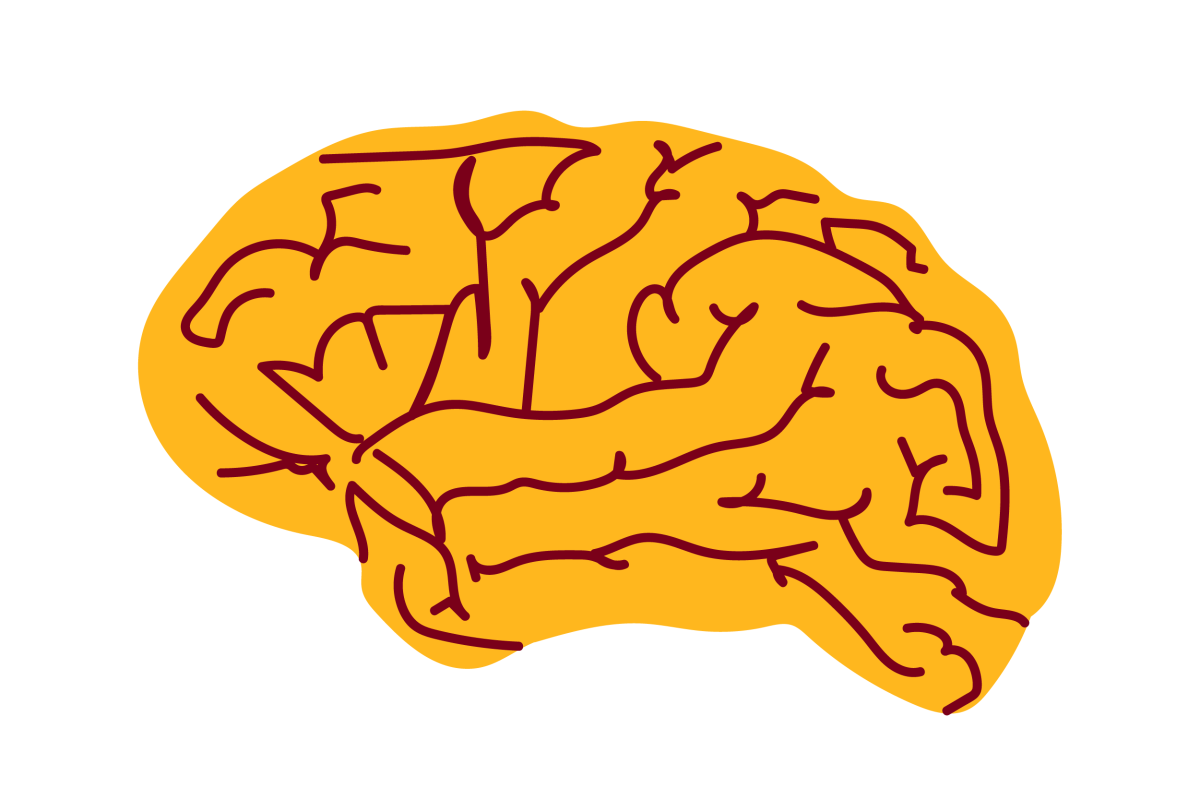Building Energy-Cost Maps From Aerial Images and Ground Robot Measurements With Semi-Supervised Deep Learning [journal]

Journal
IEEE Robotics and Automation Letters - July 2, 2020
Authors
Minghan Wei (Ph.D. student), Volkan Isler (professor)
Abstract
Planning energy-efficient paths is an important capability in many robotics applications. Obtaining an energy-cost map for a given environment enables planning such paths between any given pair of locations within the environment. However, efficiently building an energy map is challenging, especially for large environments. Some of the prior work uses physics-based laws (friction and gravity force) to model energy costs across environments. These methods work well for uniform surfaces, but they do not generalize well to uneven terrains. In this letter, we present a method to address this mapping problem in a data-driven fashion for the cases where an aerial image of the environment can be obtained. To efficiently build an energy-cost map, we train a neural network that learns to predict the complete energy maps by combining aerial images and sparse ground robot energy-consumption measurements. Field experiments are performed to validate our results. We show that our method can efficiently build an energy-cost map accurately even across different types of ground robots.
Link to full paper
Keywords
robotics